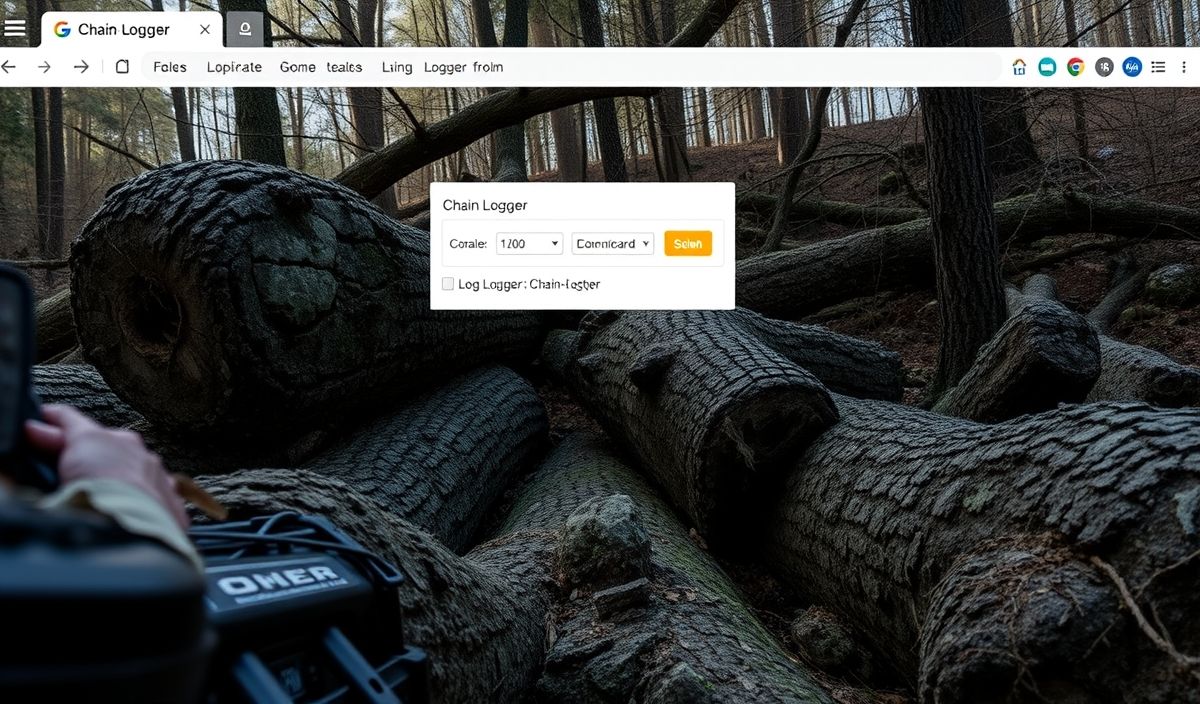Understanding CSRF and How to Protect Your Applications
Cross-Site Request Forgery (CSRF) is a security vulnerability that tricks a user into submitting a malicious request. It exploits the trust a web application has in a user’s browser.
Common CSRF Protection Techniques
There are various techniques to protect your application from CSRF attacks. Here are some API examples:
Synchronizer Token Pattern (STP)
Generate CSRF Token:
function generateToken() {
return bin2hex(random_bytes(32));
}
Add Token to a Form:
echo '';
Validate Token:
function validateToken($token) {
return $token === $_SESSION['csrf_token'];
}
Double Submit Cookies
Set-CSRF Cookie:
setcookie("csrf_token", $csrf_token, time() + 3600, "/");
Validate CSRF Token:
if($_POST['csrf_token'] === $_COOKIE['csrf_token']) {
// Process form
}
SameSite Cookies
Set SameSite Cookie:
setcookie("csrf_token", $csrf_token, [
'expires' => time() + 3600,
'path' => '/',
'samesite' => 'Strict',
'secure' => true,
'httponly' => true
]);
App Example
Below is an example of a simple PHP application using CSRF protection:
// index.php session_start(); $_SESSION['csrf_token'] = bin2hex(random_bytes(32)); ?>// submit.php session_start(); if ($_POST['csrf_token'] === $_SESSION['csrf_token']) { echo 'Request is valid.'; // Process form } else { echo 'Invalid CSRF token.'; }
Conclusion
CSRF is a serious security threat but can be mitigated with the right techniques. Always ensure to keep your application’s security measures up to date.
Hash: 7ce12ba8782a32f74357cefb81edb8c20ea4d755115ecb4063348b8cc9d41f34




